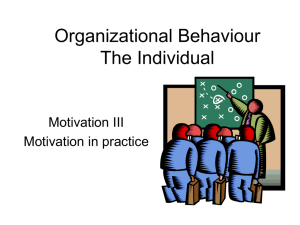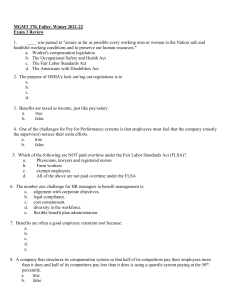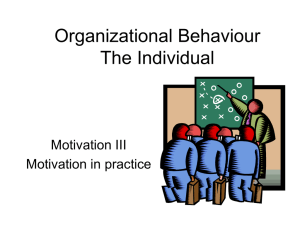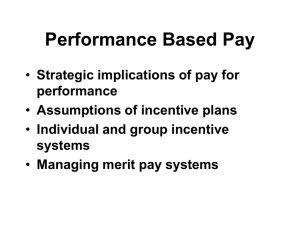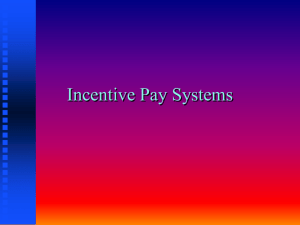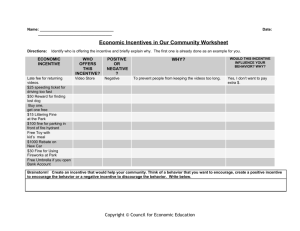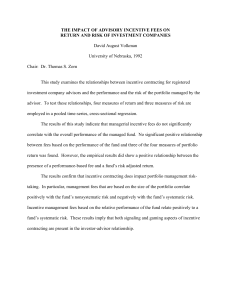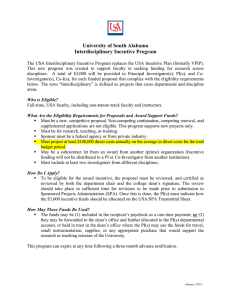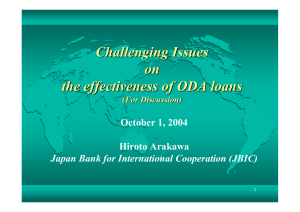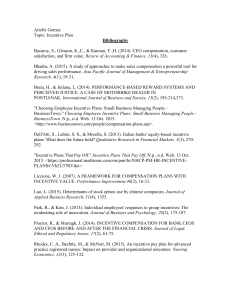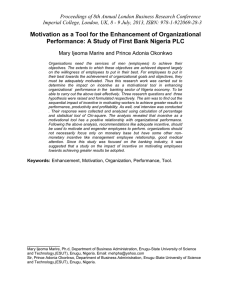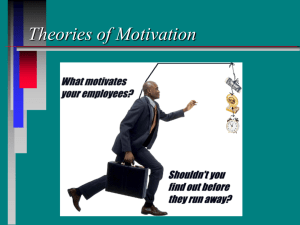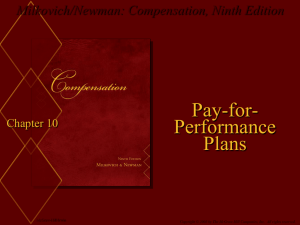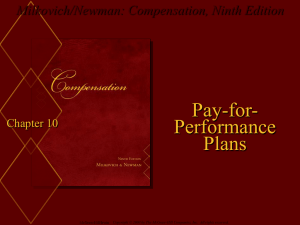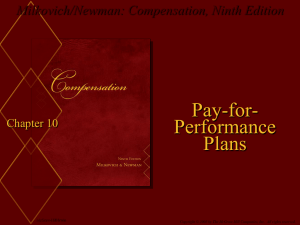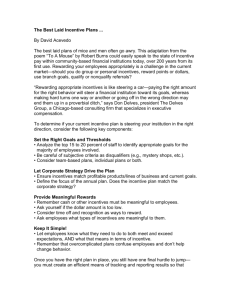연봉제
advertisement
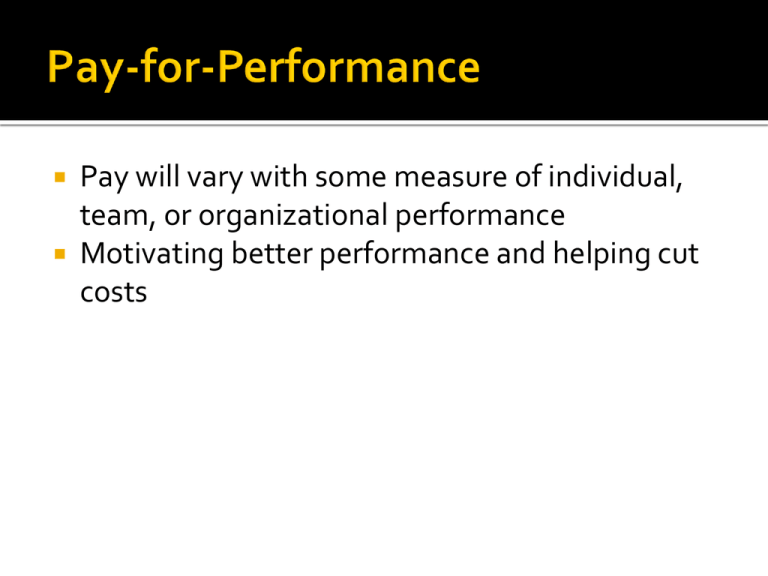
Pay will vary with some measure of individual, team, or organizational performance Motivating better performance and helping cut costs Merit pay Permanent increase in base pay based on performance evaluation Expensive and doesn’t achieve the desired goal: improving employee and corporate performance Lump-sum bonuses Temporary end-of-year bonuses Individual spot awards Individual incentive plans Offer a promise of pay for some objective, pre- established level of performance Few causes for failures of team incentive schemes: Varieties in teams Level problem Complexity Control Communications Choice between individual and group plans Performance measurement Organizational adaptability Organizational commitment Union status Looks at cost components of the income ledger and identifies savings over which employees have more impact (reduced scrap, lower labor costs, reduced utility costs, etc.) Possibility of the sorting effect Key elements Strength of reinforcement Productivity standards Sharing the gains Scope of the formula Bottom-line effect Perceived fairness of the formula Ease of administration Production variability Predetermined index of profitability Most employees don’t feel their jobs have a direct impact on profits The trend in recent variable-pay design is to combine the best of gain-sharing and profitsharing plans The plan must be self funding Along with having the financial incentive, employees feel they have a measure of control Risk sharing plan (vs. success sharing plan) Base pay is reduced by some amount relative to the level that would be offered in a successsharing plan Can result in high turnover Employee Stock Ownership Plans (ESOPs) The effects are generally long-term Foster employee willingness to participate in the decision- making process Have little impact on productivity or profit Performance plans (performance share and performance unit) Corporate performance objectives for a time three years in the future Broad-Based Option Plans (BBOPs) Are stock grants Are versatile (performance- or ownership-culture) 기존의 연공급제 (기본) + 능력급 장점 능력주의, 실적주의로 동기 부여 업적에 대응한 개별관리 합리적인 인건비 관리 목표관리의 극대화 목표 업적만을 좇다가 본질적인 생산성 향상이 미성취 불공정성 인식의 증대 연대감 상실 화이트칼라의 의욕 저하 인적자원 육성의 경시 실패 회피 12 단점 대상 1단계(경영자, 고위관리자) – 2단계(중간관리자, 영업직 사원 일부, 전문직 사원 일부) – 3단계(관리직 사원, 영업 직 사원, 전문직 사원) 연봉 구성 기본연봉(기본급, 고정수당, 고정상여금) + 업적연봉 ( merit pay에 기초한 성과급) 연봉의 차등 폭 도입초기(5-15%의 차등폭, 직급 내 경쟁) – 정착 후 (30- 50% 차등 폭, 직급간 경쟁) 수당 처리 공통적, 고정적 수당 (직무, 가족 등)은 기본연봉에 포함 법정수당(시간외 등)은 연봉 외 수당으로 13 임금체계의 일원화/이원화 운영방법 향후 연봉제로 일원화가 바람직 도입기 ▪ 기본연봉은 동일직급 동일적용 ▪ 업적연봉의 차등화 (감액은 없고 목표 초과한 자에게만 성과급 지급) 성숙기 ▪ 기본연봉의 직급별 상하하선을 설정, 하한액으로 최저보장 ▪ 업적연봉의 격차 확대 (감액은 없으나 실적 불량자는 경고조치) 정착기 ▪ 기본연봉의 상하한선을 설정, 하한액을 최저보장 ▪ 업적연봉의 차등폭을 대폭 확대 (2년 연속 경고받은 자는 감봉 조치) 14 연봉지급 초기, 월봉과 상여급으로 18개월 월할 정착 후, 12개월 월할 평가제도 MBO 연계 개인은 5단계 (S A B C D)로 절대평가 조직은 5단계로 상대평가 누적식 대 비누적식 기본연봉과 업적연봉의 구성 초기 70:30에서 정착 후 50:50 등 15 연봉조정 일괄인상(Base-up) + 개인별 업적연봉인상 연봉인상 가점식, 무감식, 감액식 도입초기에는 가점식이 적합 초기연봉책정 신입사원 – 첫해에는 평균등급으로 책정 경력사원 – 별도의 연봉협상 인적자원관리이슈 - 직무분석 16
